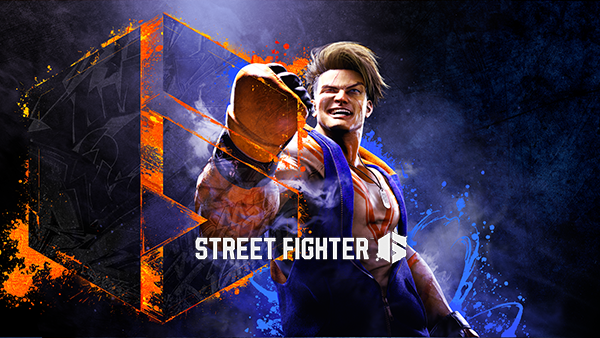
Street Fighter 6
I make no secret of my disdain for fighting games, and that disdain is almost entirely due to their controls. It’s one thing to ask players to memorize hundreds of possible actions across dozens of characters. It gets a little more daunting when you’re asked to use that knowledge to play reflex-based mind games with an opponent. But where I vehemently draw the line is being asked to execute those actions using complex sequences of button inputs that have no consistency between characters or intuitive link to their in-game result, which you also need to memorize and that require frame-perfect accuracy that the game provides no visual or audible indication of. One of the only fighting game series I’ve ever been able to enjoy is Super Smash Bros., because it uses a streamlined system where all characters start from a universal template, and the most consecutive input required is one simultaneous button press and analog stick movement. So when I heard that Street Fighter 6 was taking some cues from Smash and introducing a “Modern” control scheme, it was the first time I was interested in the franchise in years.
Miraculously, the system does what it sets out to do: Street Fighter 6 is playable and enjoyable even by people who haven’t spent years memorizing the exact ins and outs of its mechanics. And with that barrier to entry removed, I understand the appeal. The psychological back-and-forth of feints, rushes, predictions, and punishments is an experience that’s nearly unique to this genre. Correctly timing a clutch super art is immensely satisfying. I could see tangible improvement in my skill at reading my opponents’ movements and reacting accordingly, because I was now able to focus on that instead of on trying to remember which combination of buttons will do what. And all of that is just the intended appeal of fighting games in general. Street Fighter 6 in particular brings to the table some devastatingly impactful sound effects and the comprehensive new Drive system, which discourages overly defensive play and provides players with multiple new tools in the ever-expanding game of rock-paper-scissors that comprises the basic gameplay.
As hilarious as it is when the Modern and Classic control schemes are juxtaposed (“Hmm, I wonder which of these is better…the one where a super art takes seven button presses to execute or the one where it takes two?”), Modern still feels incomplete. The “assisted combo” system only provides three basic options per character, the number of available normal attacks is two thirds of what Classic has, and most characters have movesets that are at least slightly too complex to fit neatly into the structure, so their extraneous special moves just retain their complex Classic input. I have no illusions that the best players in the world will use Modern controls, but this setup is clearly a compromise. If fighting games were invented from scratch today, no one would design their control scheme this way. It also fails in the consistency and intuition departments. In Smash, almost all characters’ up special move will be some kind of upward recovery move, but in SF6, it’s impossible to guess even general information about an action based on its input. Despite all of this, Modern controls allowing me to consistently pull off specific special moves at the correct time – and pull off super arts at all – makes them a massive step forward for fighting game accessibility that’s enough to warrant a genuine recommendation for the game as a whole.
…Is what I would say if World Tour mode didn’t exist. World Tour is the single-player centrepiece of SF6 – a mini open-world brawler RPG with the ingeniously absurd idea of allowing you to shoryuken literally any NPC to initiate a fistfight. Other than that, it has basically nothing going for it. It’s choked with fetch quests and cutscenes that tell an incredibly dumb story, its difficulty oscillates between comically easy low-level enemies and blatantly unfair battles against “master” characters, and its other promising feature in customizable character movesets is limited by arbitrary restrictions. It’s clear that a lot of effort went into the mode, but it’s so distinctly unappealing to play that I would have preferred if the time spent on it had gone towards fleshing out the Modern controls or making the more traditional Arcade mode less of a waste of time.